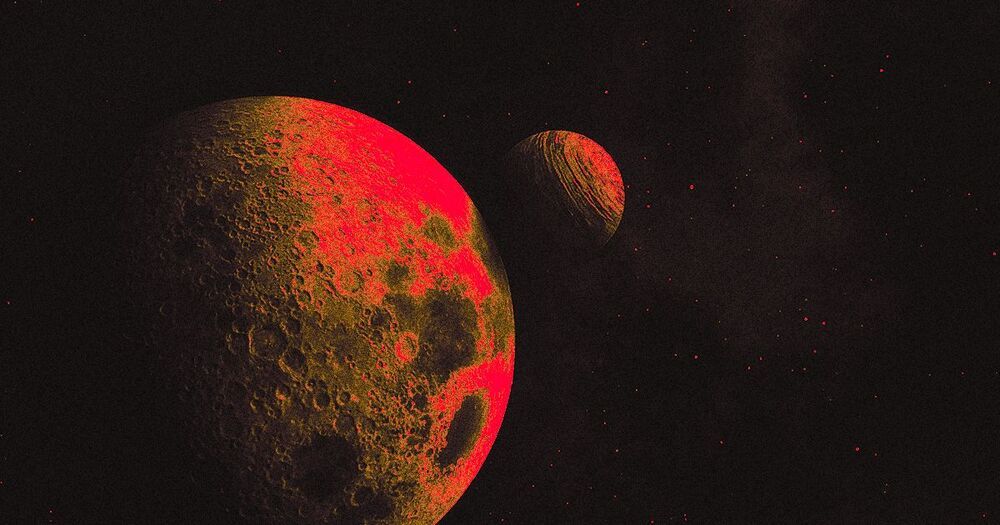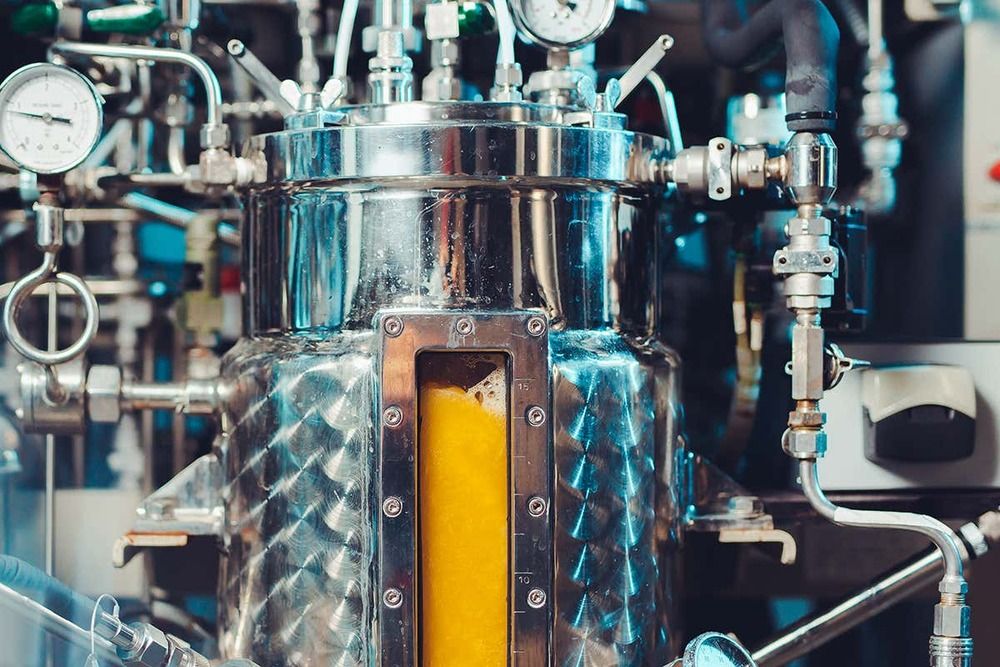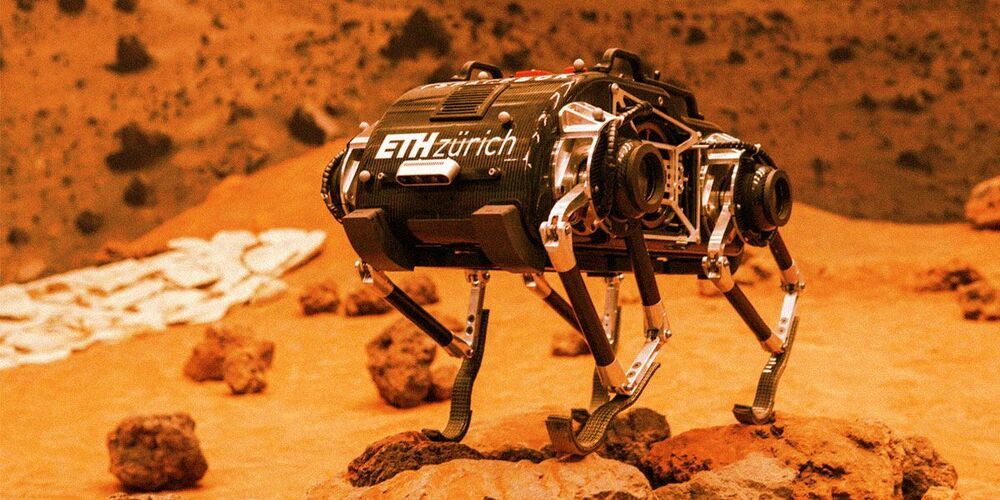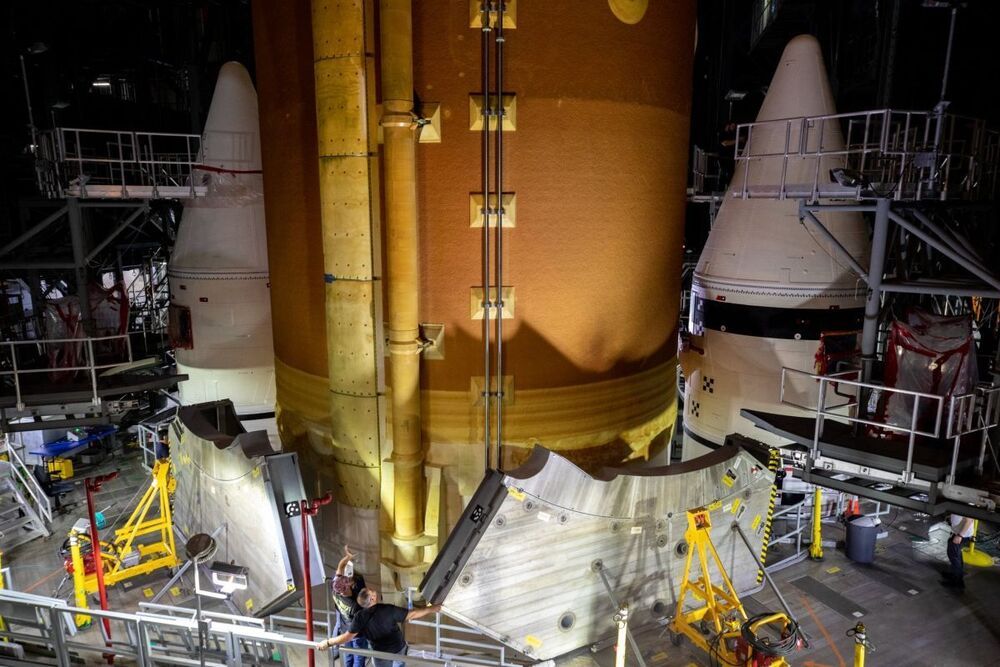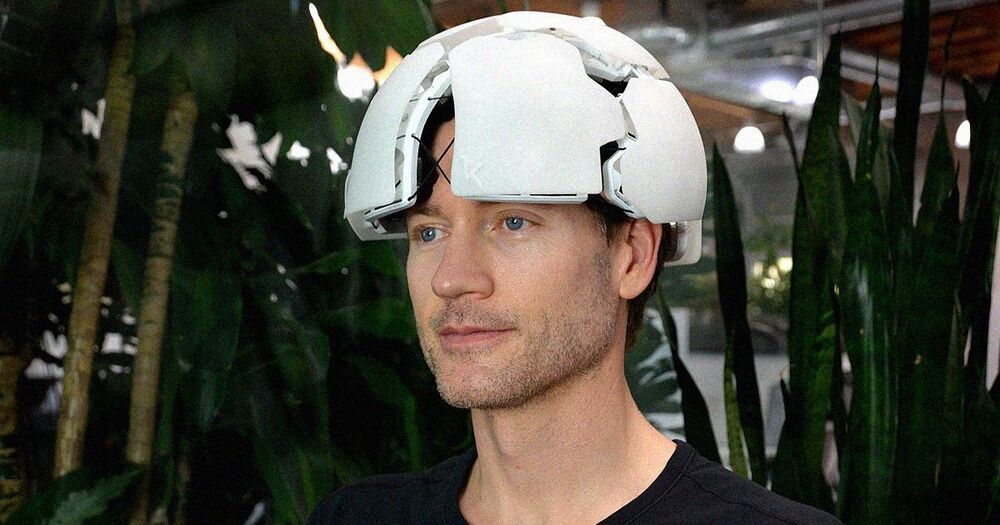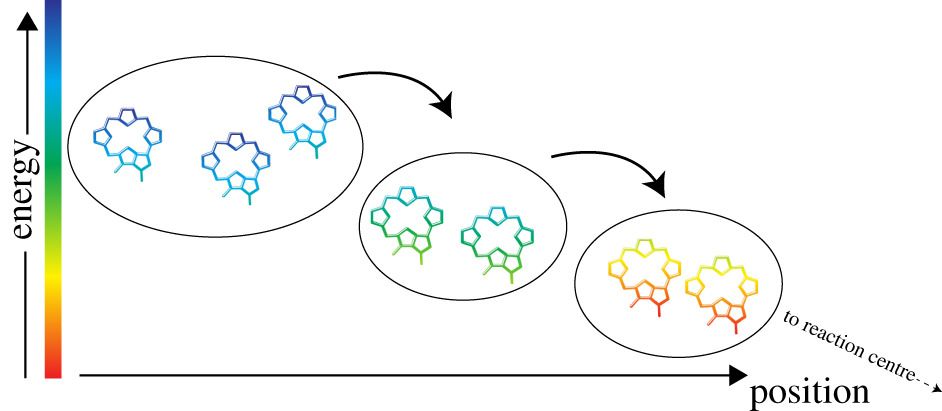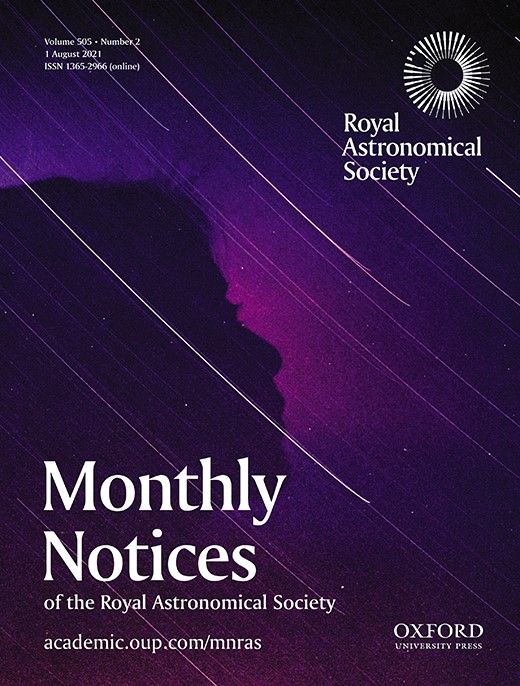Page 6513
Jun 21, 2021
We can make food from air and electricity to save land for wildlife
Posted by Quinn Sena in categories: food, solar power, sustainability
Turning air into protein with electricity from solar panels would take a tenth of the land required to grow that protein the conventional way, according to a new analysis.
Jun 21, 2021
Laser-Driven Semiconductor Switch for Next-Generation Communications
Posted by Quinn Sena in categories: internet, satellites
Lawrence Livermore National Laboratory engineers have designed a new kind of laser-driven semiconductor switch that can theoretically achieve higher speeds at higher voltages than existing photoconductive devices. If the device could be realized, it could be miniaturized and incorporated into satellites to enable communication systems beyond 5G, potentially transferring more data at a faster rate and over longer distances, according to researchers. Credit: LLNL
Lawrence Livermore National Laboratory (LLNL) engineers have designed a new kind of laser-driven semiconductor switch that can theoretically achieve higher speeds at higher voltages than existing photoconductive devices. The development of such a device could enable next-generation satellite communication systems capable of transferring more data at a faster rate, and over longer distances, according to the research team.
Scientists at LLNL and the University of Illinois Urbana-Champaign (UIUC) reported on the design and simulation of the novel photoconductive device in a paper published in the IEEE Journal of the Electron Devices Society. The device utilizes a high-powered laser to generate an electron charge cloud in the base material gallium nitride while under extreme electric fields.
Jun 21, 2021
Scientists Built a Walking Mars Rover That Can Climb Steep Hills
Posted by Quinn Sena in categories: robotics/AI, space
Engineers from ETH Zurich in Switzerland and the Max Planck Institute in Germany built a small quadrupedal robot meant to leap around on the surface of the Moon, much like the Apollo astronauts did half a century ago.
Now SpaceBok, named after the bounding springbok antelope, is getting a Mars upgrade — on the Red Planet, it will have to weather much stronger gravity than on the Moon and face more treacherous terrain, as Wired reports.
The concept is a strong one. If it were to ever land on Mars, a walking robot could explore terrain that has so far been off limits to wheeled rovers — and maybe even the planet’s mysterious caves.
Jun 21, 2021
NASA’s new moon rocket, the Space Launch System, takes shape in giant hangar
Posted by Quinn Sena in categories: habitats, space travel
The SLS moon rocket for Artemis 1 is all stacked up.
CAPE CANAVERAL, Fla. — NASA is one step closer to the moon. The space agency’s next megarocket, the Space Launch System (SLS) is coming together ahead of its first planned launch later this year.
The behemoth’s core stage arrived at NASA’s Kennedy Space Center, via barge on April 27, before rolling into the massive Vehicle Assembly Building (VAB), its home until launch.
Jun 21, 2021
Company Starts Shipping Its $50,000 Mind-Reading Helmet
Posted by Quinn Sena in category: neuroscience
Jun 21, 2021
This alien-like metal may one day power your electronics
Posted by Derick Lee in categories: electronics, energy

Bismuth has been around for thousands of years, yet it’s only been used in a handful of applications — and mostly to treat stomach ailments. But as the world looks for cleaner and safer energy, bismuth might soon become the star of the heavy metals family.
Subscribe: http://bit.ly/2FqJZMl.
Continue reading “This alien-like metal may one day power your electronics” »
Jun 21, 2021
Journal of The Royal Society Interface
Posted by Saúl Morales Rodriguéz in categories: biological, particle physics, quantum physics
Biological systems are dynamical, constantly exchanging energy and matter with the environment in order to maintain the non-equilibrium state synonymous with living. Developments in observational techniques have allowed us to study biological dynamics on increasingly small scales. Such studies have revealed evidence of quantum mechanical effects, which cannot be accounted for by classical physics, in a range of biological processes. Quantum biology is the study of such processes, and here we provide an outline of the current state of the field, as well as insights into future directions.
Quantum mechanics is the fundamental theory that describes the properties of subatomic particles, atoms, molecules, molecular assemblies and possibly beyond. Quantum mechanics operates on the nanometre and sub-nanometre scales and is at the basis of fundamental life processes such as photosynthesis, respiration and vision. In quantum mechanics, all objects have wave-like properties, and when they interact, quantum coherence describes the correlations between the physical quantities describing such objects due to this wave-like nature.
In photosynthesis, respiration and vision, the models that have been developed in the past are fundamentally quantum mechanical. They describe energy transfer and electron transfer in a framework based on surface hopping. The dynamics described by these models are often ‘exponential’ and follow from the application of Fermi’s Golden Rule [1, 2]. As a consequence of averaging the rate of transfer over a large and quasi-continuous distribution of final states the calculated dynamics no longer display coherences and interference phenomena. In photosynthetic reaction centres and light-harvesting complexes, oscillatory phenomena were observed in numerous studies performed in the 1990s and were typically ascribed to the formation of vibrational or mixed electronic–vibrational wavepackets.
Jun 21, 2021
Tree-ring structure of Galactic bar resonance
Posted by Saúl Morales Rodriguéz in category: space
ABSTRACT. Galaxy models have long predicted that galactic bars slow down by losing angular momentum to their postulated dark haloes. When the bar slows down, resonance sweeps radially outwards through the galactic disc while growing in volume, thereby sequentially capturing new stars at its surface/separatrix. Since trapped stars conserve their action of libration, which measures the relative distance to the resonance centre, the order of capturing is preserved: the surface of the resonance is dominated by stars captured recently at large radius, while the core of the resonance is occupied by stars trapped early at small radius. The slow down of the bar thus results in a rising mean metallicity of trapped stars from the surface towards the centre of the resonance as the Galaxy’s metallicity declines towards large radii. This argument, when applied to Solar neighbourhood stars, allows a novel precision measurement of the bar’s current pattern speed |$\Omega _{\rm p}= 35.5 \pm 0.8 \, {\rm km}\, {\rm s}^{-1}\, {\rm kpc}^{-1}$|, placing the corotation radius at |$R_{\rm CR}= 6.6 \pm 0.2 \, {\rm kpc}$|. With this pattern speed, the corotation resonance precisely fits the Hercules stream in agreement with kinematics. Beyond corroborating the slow bar theory, this measurement manifests the deceleration of the bar of more than |$24{{\ \rm per\ cent}}$| since its formation and thus the angular momentum transfer to the dark halo by dynamical friction. The measurement therefore supports the existence of a standard dark-matter halo rather than alternative models of gravity.
Jun 21, 2021
Nanoscale clock hints at universal limits to measuring time
Posted by Saúl Morales Rodriguéz in categories: nanotechnology, quantum physics
Physics World
Experiment shows that classical clocks exhibit the same relationship between entropy and accuracy as their quantum counterparts.
